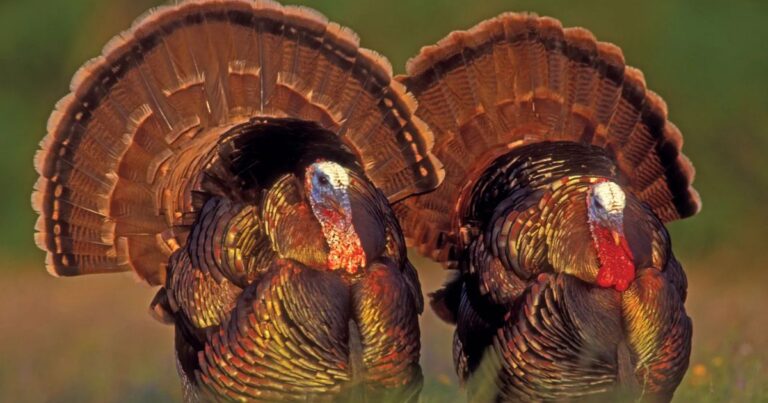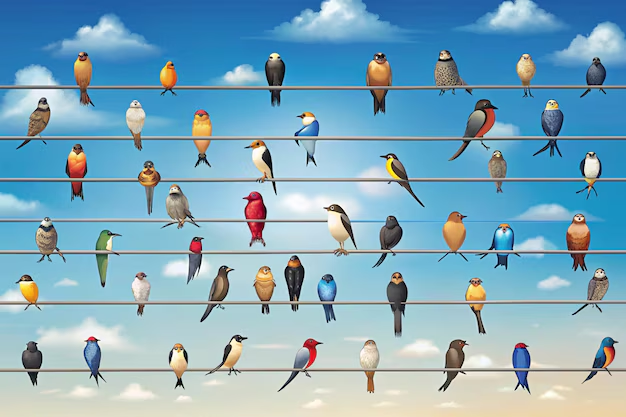Are There Blue Cardinals? Best And Helpfull Information
Imagine walking through a sun-dappled forest, the air thick with the sweet scent of pine and the gentle rustle of leaves. Suddenly, a flash of vibrant blue catches your eye a bird flits between branches, its brilliant plumage standing out against the earthy backdrop, Are There Blue Cardinals.
The idea of spotting a blue cardinal bird has captivated birdwatchers and nature enthusiasts alike, sparking curiosity and debate among avian aficionados. But as enchanting as this vision may be, the truth behind blue cardinals is shrouded in myth and misunderstanding.
Indigo Bunting
The Indigo Bunting, often overlooked against the backdrop of more flamboyant birds, offers a stunning spectacle of its own. Male indigo buntings in full breeding plumage are a breathtaking sight vivid blue feathers that shimmer in sunlight create an illusion of flying sapphires darting through the landscape.
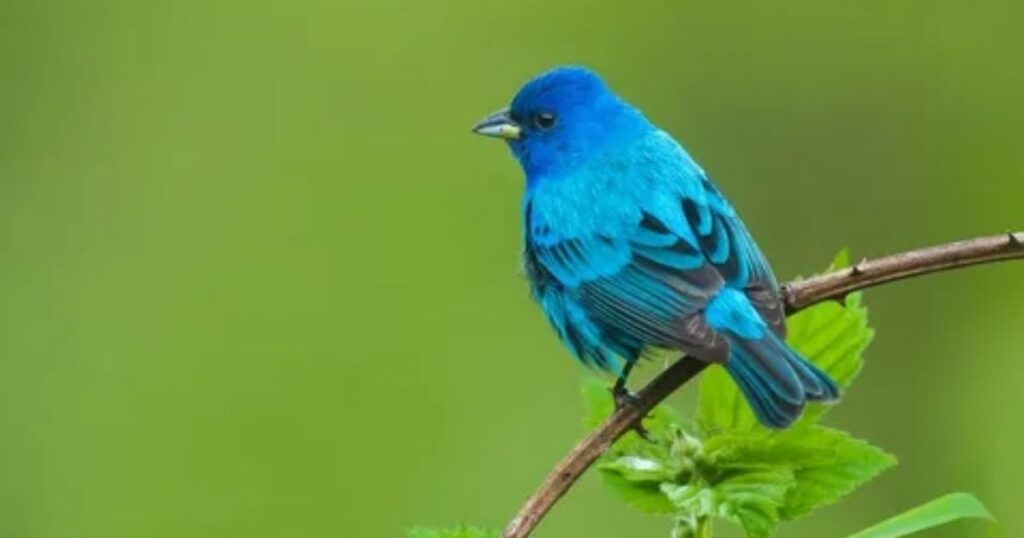
Their colors come from microscopic structures in their feathers rather than pigments, meaning they possess luminous qualities that seem to change with the light. This fascinating aspect not only makes them visually striking but also exemplifies nature’s intricate artistry.
Blue Grosbeak
The Blue Grosbeak, with its vibrant azure plumage and rich chestnut wing bars, stands out as one of North America’s most striking songbirds. While they are often overshadowed by their more famous relatives, the Indigo Bunting, Blue Grosbeaks possess a distinct charm all their own.

Sprightly in demeanor and robust in build, these birds are often found flitting through dense shrubs and thickets in open woodlands and along edges. Their preference for brushy habitats adds an element of intrigue; it is within this leafy refuge that they showcase their remarkable adaptability to varied environments.
Eastern Bluebird
The Eastern Bluebird, with its vibrant cobalt-blue plumage and warm rusty-orange throat, is not just a feast for the eyes but also a symbol of hope and renewal in many cultures. These charming birds have adapted beautifully to suburban environments, where they often nest in man-made boxes.
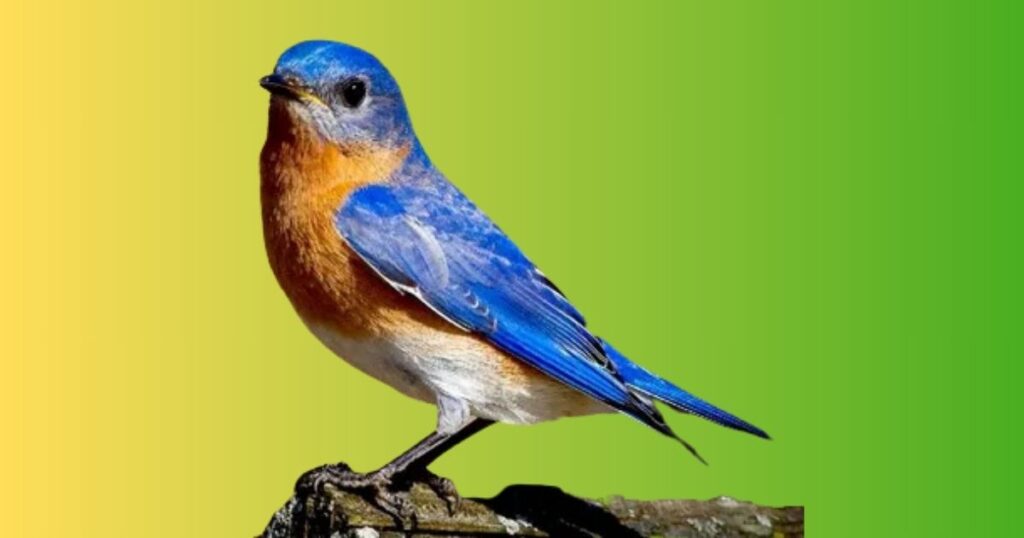
Their melodious song a sweet, soft warble carries through the air as a gentle reminder of nature’s simplicity amidst our busy lives. Observing them flit between perches or dive dramatically to catch insects is a mesmerizing spectacle that draws even the casual birdwatcher into their enchanting world.
Steller’s Jay
The Steller’s Jay, a striking bird that flaunts its deep blue plumage and bold black crest, offers a visual feast for any nature enthusiast. With their intelligent eyes and curious disposition, these birds are known not only for their beauty but also for their remarkable adaptability.

In the wild, they’ve mastered the art of survival in diverse habitats, from mountainous pine forests to urban parks. Their playful behavior often seen hopping around or engaging in acrobatic feats adds an element of charisma that draws observers in.
Blue Jay (Cyanocitta cristata)
The Blue Jay, with its striking azure plumage and majestic crest, embodies the essence of North American avian beauty. These birds don’t just charm us with their vibrant colors; they’re incredibly intelligent creatures known for their complex social structures and cunning behavior.

Recent studies suggest that Blue Jays possess an advanced form of problem-solving ability, often showcasing behaviors reminiscent of tool use, akin to some primates. They can mimic the calls of hawks to manipulate other birds’ reactions, using deception as a means to protect their nesting territories.
Scrub Jay
The Scrub Jays, charismatic members of the Corvidae family, are not only known for their striking blue plumage but also for their remarkable intelligence. One intriguing aspect of these birds is their sophisticated caching behavior; they can hide thousands of seeds each season and later retrieve them using elaborate mental maps.
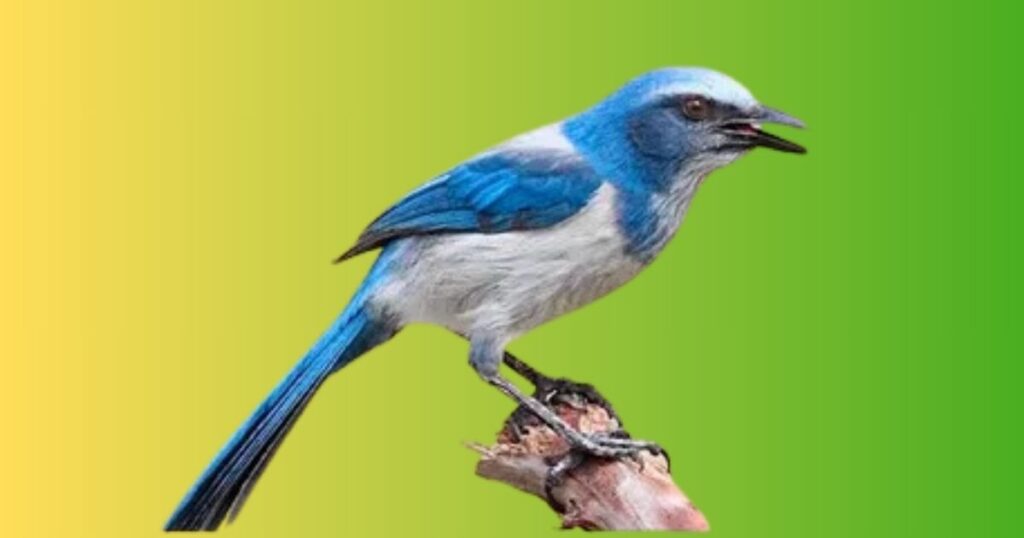
Interestingly, research has shown that Scrub Jays possess a unique ability to plan for the future they’ll cache food and then return based on what they predict they’ll need down the line. This foresight distinguishes them among avian species and showcases a level of cognitive function once thought to be exclusive to primates.
And Also Read Can Birds Eat Cashews? Best and Unique Information
Conclusion
The blue birds are a remarkable reminder of the planet’s biodiversity and the intricate ecosystems they inhabit. From the vibrant Eastern Bluebird in North America to the enchanting Blue Jay, these avian wonders not only captivate our imaginations but also play crucial roles in their environments. By raising awareness and participating in initiatives that support bird preservation, we can contribute to a brighter future for blue birds globally.
FAQs
How Rare Is a Steller’s Jay?
Steller’s jays are not considered rare, but their distribution is somewhat limited to specific regions in North America. They are primarily found in the western United States and Canada, particularly in coniferous forests and mountainous areas.
What Is the Difference Between a Blue Jay And a Scrub Jay?
Blue jays and scrub jays are both members of the Corvidae family, but they exhibit distinct differences in appearance, habitat, and behavior. Blue jays (Cyanocitta cristata) are known for their vibrant blue plumage, striking black collar around their necks, and white underparts.
Where are Steller’s Jays Found?
Steller’s Jays are primarily found in the western regions of North America, ranging from southern Alaska down to central Mexico. They inhabit diverse environments, including coniferous forests, mixed woodlands, and mountainous areas.
How Many Eggs Does a Grosbeak Lay?
Grosbeaks typically lay between 2 to 6 eggs per clutch, depending on the species. For instance, the Rose-breasted Grosbeak usually lays around 3 to 5 eggs, while the Evening Grosbeak may have similar clutch sizes.
Is It Rare to See An Indigo Bunting?
Indigo buntings are not necessarily rare; these small, vibrant blue birds are migratory and primarily found in North America during the breeding season, which typically runs from late spring to early summer. They prefer open woodlands, fields, and shrubby areas where they can forage for insects and seeds.



